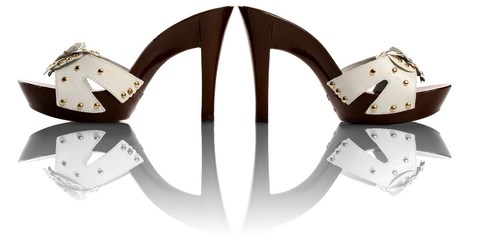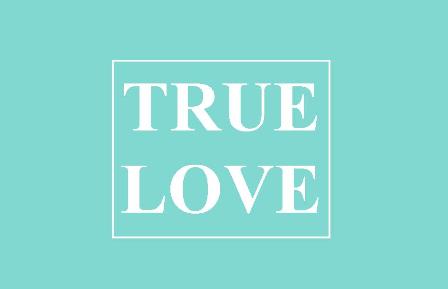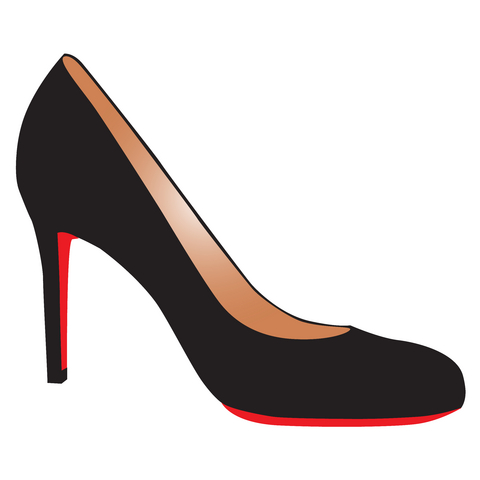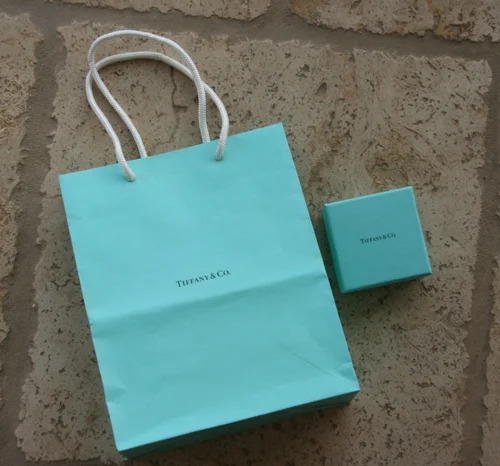
As a luxury real estate marketing professional, what is a surefire way to to challenge the entrenched, incumbent market leader in your marketplace or niche therein? This is a similar question that countless international tech companies have been asking as they attempt to challenge Apple in the category of tablet computers.
iPad owns 70% of the tablet market in the USA. Many companies have tried to challenge Apple in this arena. Yet, only one company is poised to make a dent in Apple’s market share. That company is Amazon who recently launched their line of Kindle Fire tablets.
The best brand strategy for a challenger is to sharply position your product or service (in the case of luxury real estate marketing) as the opposite of number one. This gives consumers a viable alternative to the market leader and summarily dismisses the rest of field of competitors. That is exactly what Amazon is attempting to accomplish.
As the world’s greatest online retailer Amazon understood something that has eluded most other tablet manufacturers: So far it is consumers, more so than businesses who are using these devices and they are using them to consume apps and media (books, magazines, movies, TV shows and games). Tablets are predominantly virtual vending machines!
In addition to Amazon’s strength as a retailer, they also provide out-sourced, cloud-based web services on their very powerful servers. Netflix, for example, uses Amazon’s web services to run their website. Leveraging this capability for their new Kindle Fire, they were able to bring down the cost of manufacturing their tablets to less than half of ALL of their competition.
In fact, Amazon is able to sell their Kindle Fire line at a slight loss because they are able to make up the difference many times over with the sale of apps and media. Equally important is the fact that all of the media that you purchase from Amazon is stored on their servers (i.e., in the cloud) not on the hard drive on your Kindle which is another cost saver in manufacturing.
By lowering the price to a point where other tablet manufactures cannot compete, those who do not have their own app and media stores, they have potentially catapulted themselves to the number two position. Amazon has also framed the choice for consumers as a two company contest between the iPad, with premium features, and the more basic Kindle Fire tablet, simply based on on price.
Both Apple and Amazon have a tremendous competitive advantage over the rest of the tablet manufacturers. They both understand that once you store your apps and media in their cloud, your likelihood of switching clouds is minimal. It is just is too much trouble to switch for most consumers.
Finally, Amazon’s other strength is their worldwide customer base. The Kindle Fire has come out just in time to gain major sales traction during the 2011 Holiday season.
Amazon has even changed the game for Google who supplies the Android operating system to most manufacturers of tablets including the Kindle Fire. Google has a strong potential customer base, they have cloud based services, and they have an app store. But, they are not strong in media sales and they do not yet have their own tablet device.
Other potential iPad challengers have their own operation system. But, Microsoft, who has a cloud based service (Office 365) and Research in Motion, who is spending $100M to purchase a cloud based web service company, are simply late to the party. Neither have an substantial app or media store.
The moral of this story, for luxury real estate marketing professionals, is twofold:
- The best way to gain and sustain market leadership is to identify an uncontested or under served market niche that you can serve,with passion and better than anyone else in the world (your marketplace), by adding extraordinary value. That is what Apple did with the iPad.
- Here is a surefire way to challenge the incumbent market leader: First assess your strengths and your competitor’s vulnerabilities. Then, take aim at that the weakest vulnerability with full force and concentration. Position yourself as the opposite of market leader to create an either/or choice for the consumer. That is what Amazon did by focusing on price.
We are not recommending that cutting your commission is the way to challenge the market leader as a luxury real estate marketing professional. Market leaders in real estate often get complacent and have plenty of other vulnerabilities. The key to challenging the entrenched incumbent is to create a truly viable alternative that positions you firmly as the number two choice and summarily renders the others a distant number three at best.
- WATCH VIDEOS-
Buzz-Worthy Luxury Real Estate Websites
Personal Branding Case Studies Company Branding Case Studies
- JOIN THE LOL COMMUNTIY -
GET FLUENT. GET AFFLUENT!
Linked In, Facebook, Active Rain
Follow Us on Twitter: LuxuryMarketing






















